Rui has already applied traditional construction techniques to his houses in the village of Balurcos and wants to promote their use in the municipality of Alcoutim. Bellini, as everyone calls him, dreams of having accommodation in mud in the municipality of Aljezur. José, a physics and chemistry teacher, wants to launch a sustainable construction project at his school, and Francisco, only 13 years old, is thinking of making a cane blind to install in his room.
The motivations are many and the objectives are concrete as well, but there is something in common among the ten participants in the course “Transmission of Knowledge Master-Apprentice: Sustainable Architecture of Sugarcane and Coatings”, organized by QRER – Cooperative for the Development of Lowland Territories Density and that lasted until yesterday, August 1st, at Aldeia de Balurcos, in Alcoutim: the desire to build (and live) in a more sustainable way, using the knowledge of our ancestors.
Over the course of ten days, the participants learned to master several techniques, which can be applied either indoors, with different purposes, or to build structures from scratch.
The course had a dual component. In addition to construction techniques with cane, there was a part of coatings and plasters with clay and fine mortars.
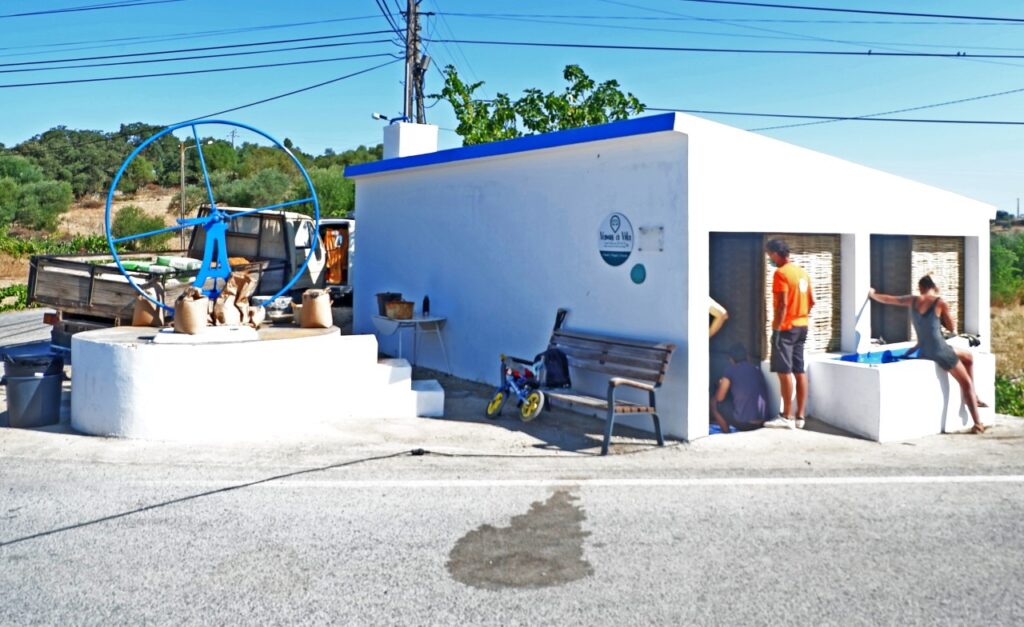
It was precisely on the day the earth component was introduced that the Sul Informação made the way to watch on the spot to this workshop. The meeting point was the old washing place in Balurcos, the place chosen to apply the techniques that were being taught by the architects of the Cooperativa Voltes, from Barcelona, and by their guests from the schools Origens and Terra Pura, in the same region of Spain.
After all, this was a training in a real work context, within which this washing place, a public building in the Alcouteneja village, was restored, which will now function as a space for socializing, rest and enjoyment for the local community.
“There is great expectation. People pass by, see that and don't know what's going to happen… They pass by and are somewhat afraid of what we're going to do there, afraid that we'll mischaracterize the washing plant, because it's a historic building. But, for a day or two now, they are starting to see that things are looking good. People want to go and see and are happy with the result», said Rui Romba, who lives in the village and encouraged the choice of Balurcos to take this training.
Despite being, in a way, a host – and a good one, since he makes lunch every day for the team, based on high quality local products, and with mastery -, he prefers to be seen as “a participant”.
«I would like to promote this technique in the municipality of Alcoutim. Because the county is a little lacking in the old construction techniques, of sustainable construction», he explained.
Rui has been fighting to recover the houses he has in the village using traditional techniques, not least because they are very old houses. And this training only came to help.
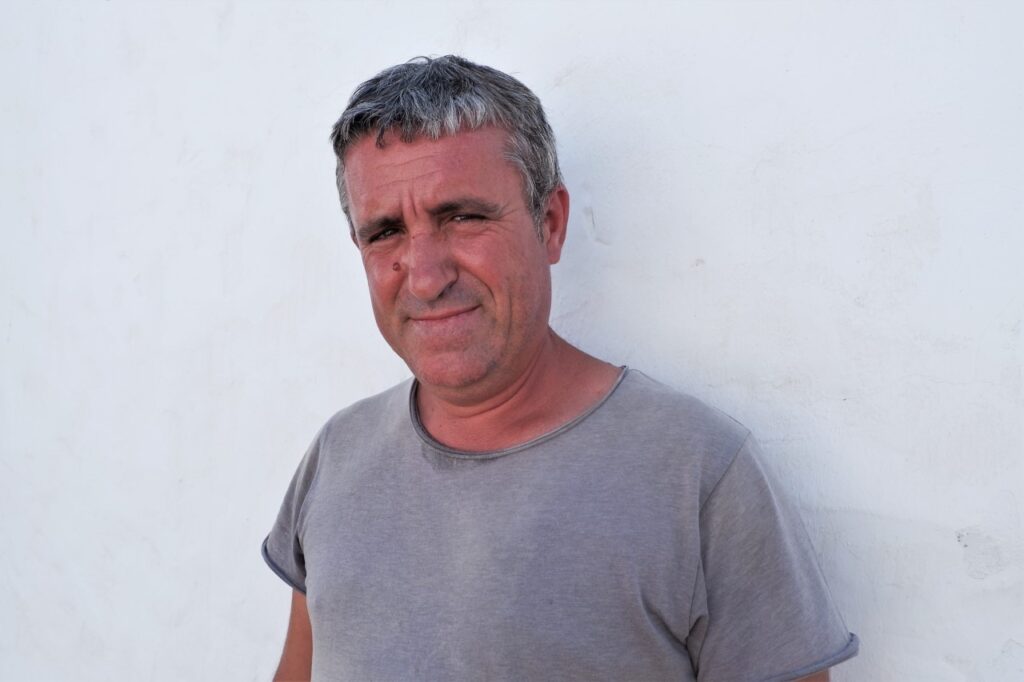
«This course follows on from another one we made last year, also in Alcoutim, within the scope of Magallanes_ICC, a project in which the QRER is participating, in partnership and with the support of the Chambers of Alcoutim and Loulé», according to João Ministro, from ProActiveTur, representing the QRER.
“The project aims to attract young people with innovative ideas into the interior, at the level of cultural and creative industries. And we, from the beginning, thought that there was potential here, in the Alcoutim area, around sugarcane. It's not the only potential, obviously, but we tried to push the issue of cane because it was a technique used a lot in the past. We know that it is a plant that has immense potential, so we are, deep down, encouraging and sensitizing young people and younger people, people who want to take advantage of this knowledge, to develop projects», he added.
In the first course, in November of last year, work was done «in terms of the use of cane in architectural structures, different structures with arches». In the end, «a tunnel was built and installed in the Castle of Alcoutim».
«In this second course, we are teaching very specific techniques for using canes in false ceilings, walls, blinds, blinds. And also with clay mixtures. Once again, it is to transmit techniques and teachings around these materials, so that projects can emerge from here that make use of this knowledge and that can continue what has been learned here», illustrated João Ministro.
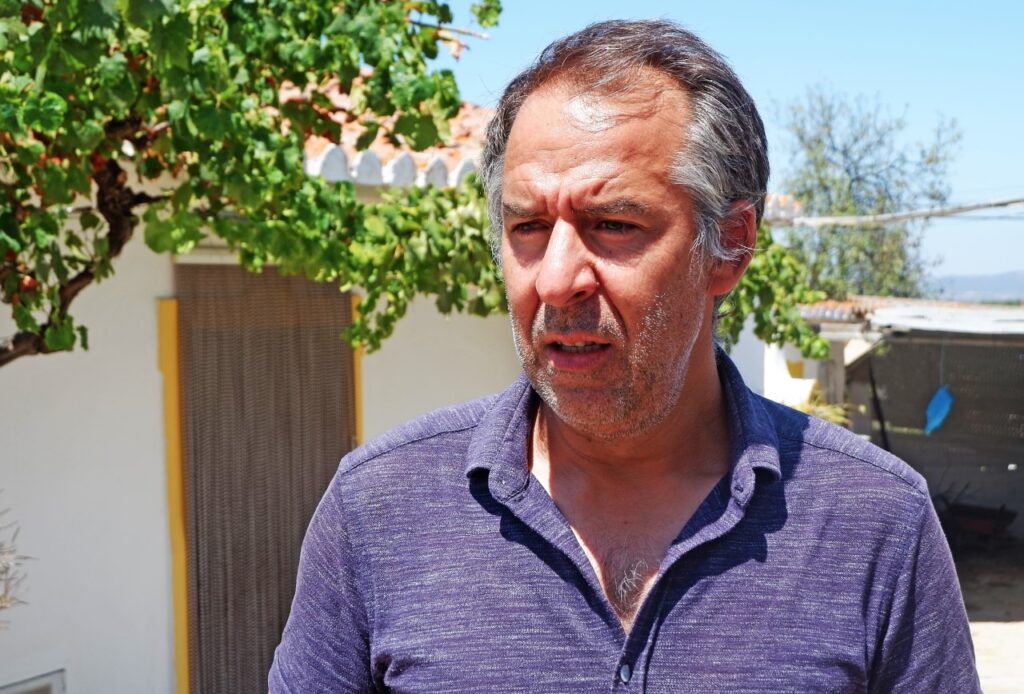
“The training we are providing aims to raise awareness of different construction techniques using sugarcane, with the aim of recovering the traditional architecture that existed throughout the peninsula”, summarized, for her part, Marta Arnal, Catalan architect at Cooperativa Voltes.
«In Catalonia, in the south of Spain and in some areas of the North, we have always worked a lot with sugarcane and our cooperative, being of architects, wants to claim this type of construction, taking into account that it uses a natural material, which is found throughout the territory», he framed.
«Here in Portugal, particularly in this part of the Algarve, there is a lot of sugarcane and before that a lot was built with it».
Early on the morning of July 29th, the apprentices gathered at the washing plant for the first practical class on the use of clay on sugarcane structures, which had already been created in the previous days.
“What we have been doing during the workshop is to work through the entire process, from collecting the material to processing. We went to the river to collect the sugarcane, which was then cleaned, prepared and transformed into construction material», described Marta Arnal.
The Catalan architect explained that this “is a manual process, very artisanal. We have been working with the group, teaching them to use different tools, so that, in the end, they know how to apply the element cane as a building material, using different techniques, in order to recover the old washing plant here in Balurcos».
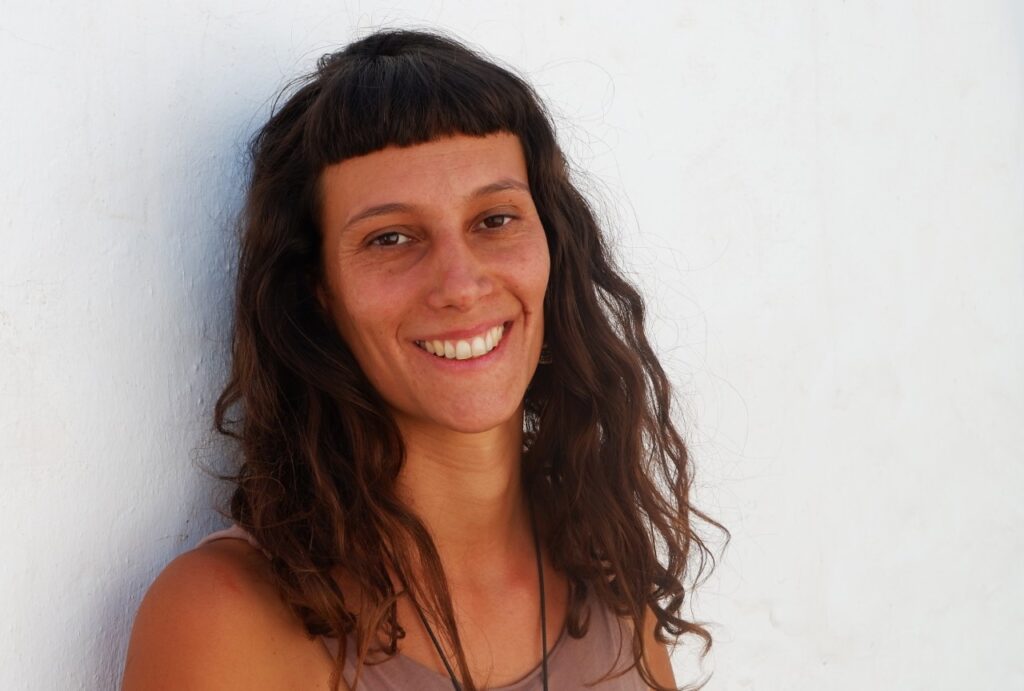
This, after all, is a resource that is very abundant. "Furthermore, it is an invasive species whose growth, if not controlled, does not allow other plants to develop."
«For us, it is important to introduce this material, especially in more sustainable construction, as an element for making interior walls and covering ceilings, for example. It is mainly used inside the houses, because it cannot be exposed to the sun and rain for a long time”, said the trainer.
“It allows us to make light structures, with few tools and manual work. But it's something anyone can use in their home. To make thinner partitions or interior walls, to create new partitions, this can be a good resource», he explained.
It can also be used «for insulation, but in this case, more as a base structure to combine with other materials that guarantee that part of insulation from noise, from heat. It can also be a support on which to apply plaster, lime or clay. It is also used a lot on ceilings, more with a decorative effect, but which also gives a little sound comfort».
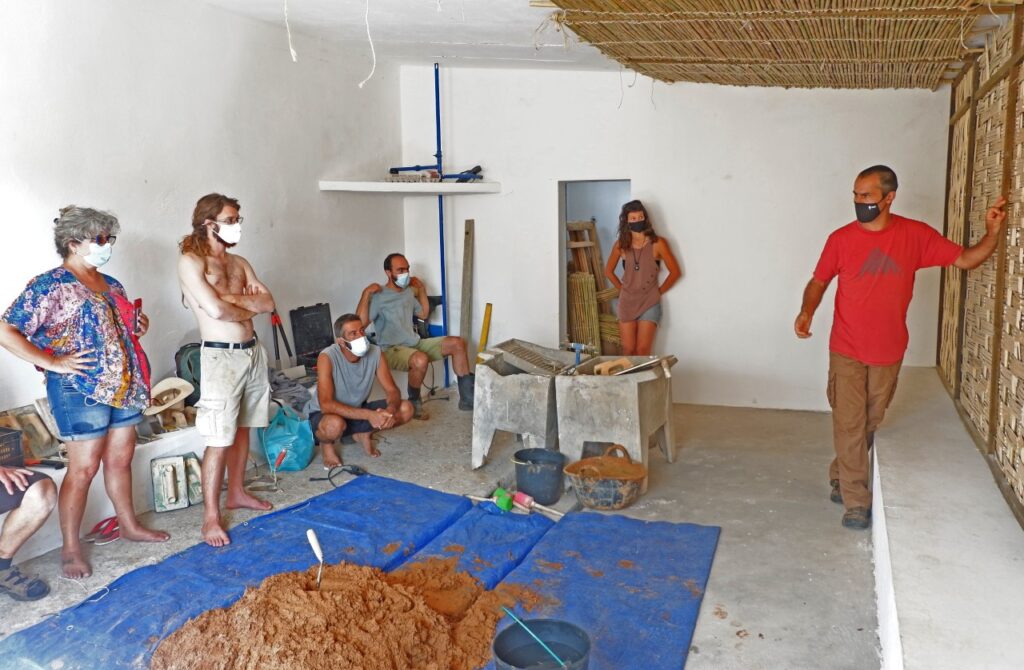
This versatility of cane as a construction material, combined with the ease of arranging the material, marry perfectly with the plans of José Vale, who participated in the course together with his son Francisco.
«I have a personal interest in this area of knowledge, but I'm also here for professional reasons. I am a teacher at the Paula Nogueira Group, in Olhão, and I am trying to implement a sustainable construction project in the school», he told the Sul Informação.
“We are going to try to build in the school, not a house, but a classroom using these construction and isolation techniques. We are still getting started. There have already been some activities. But we hope to advance more with the project in the next school year», he reinforced.
Francisco, the youngest of the apprentices, enjoyed the course and tells of his experience: «I have already learned various construction techniques, such as making a window, a blind and others».
“The one I liked the most so far was the shutter. Maybe make one to put in my room», he said.
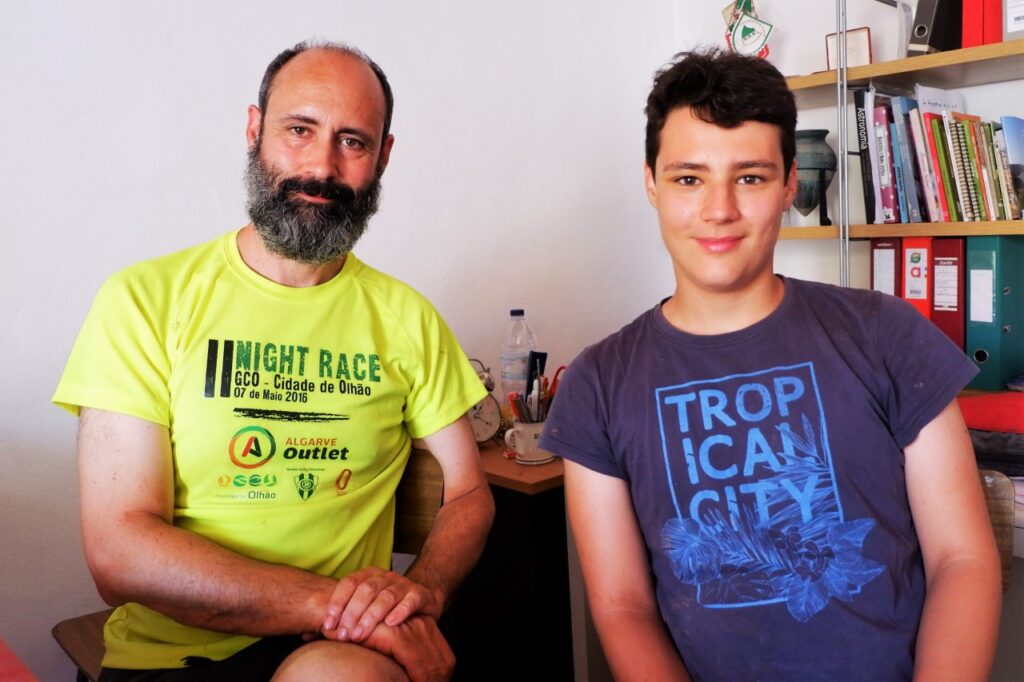
The other Francisco in the group, in this case a few years older and with the nickname Bellini, is “repeater”, as he also participated in last year's formation.
“It's been really good. In November, the workshop was only with canes and we learned how to make the bows and structure in cane. This time, it's an application in a more constructive, more practical area. Last time, we made a tunnel inside the Festival do Contraband, included in the program, which is an aesthetic structure. This time, it is a functional structure, and together with the earth, it creates thermal and acoustic insulation. It is a more applicable technique, especially for me, for the accommodation I want to have, for the tourism that I want to develop there in the Aljezur area», he revealed to our newspaper.
«Our entire housing project is already thought of in mud, on earth, with walls of 50 centimeters. But with the reeds and land I can do, not the construction itself, but small shading areas, living areas, shade infrastructures, basically. Everything that is landscaped», he added.
For Francisco Bellini, the component linked to building with earth in this course will have, in this way, been particularly useful.
And it was possible thanks to the cooperation that already exists in Catalonia in this area.
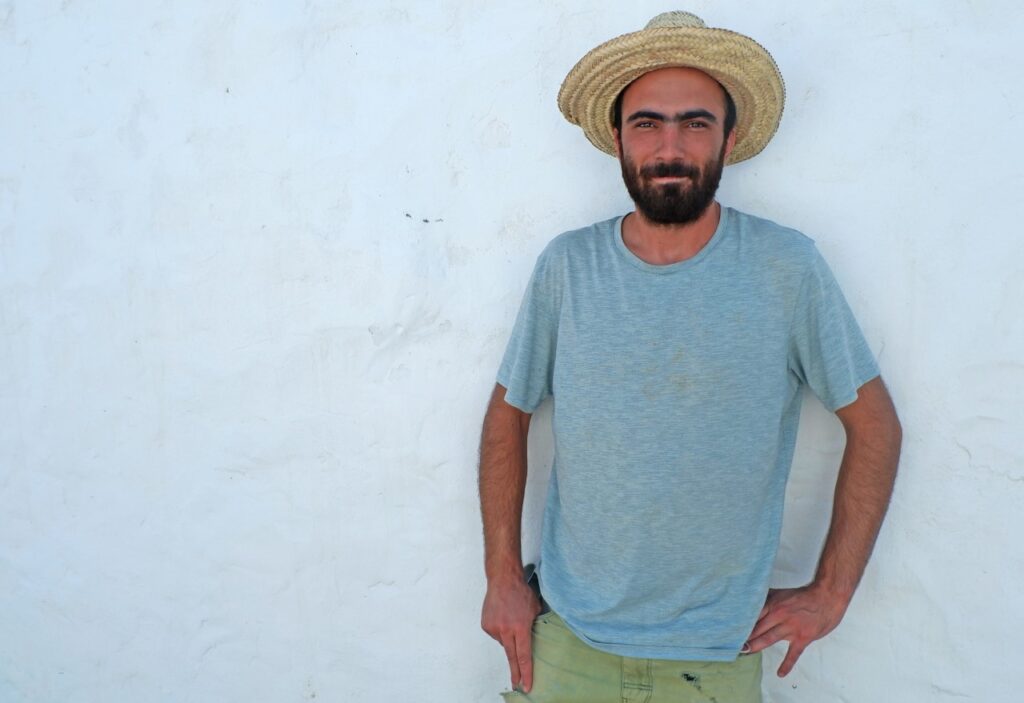
«We are three entities: the Voltes cooperative, where we work on architecture in general, but very traditional architecture. Also here are people from the Origens bioconstruction school, based in Girona, an entity that promotes natural construction workshops. And we also have Oriol Balliu, who works with Pura Terra, is a self-builder [ecological] and gives training on all types of construction with earth, application of lime and other techniques», listed Marta Arnal.
“We have a network in Northern Catalonia, in the Girona area, and that's why we know each other. We are different architects and builders who work in bio-construction, more sustainable. It's been eight years since we got together to have a network of contacts and support and be able to do joint training and work together on construction sites», he said.
As explained to the Sul Informação Oriol Balliu, your objective and that of the trainers at the Origens school was «to teach the group techniques of building with earth, to value this material that we always have under our feet».
“This is the best building material that exists in the world and by far. I always start my training by saying this: earth is the most universal material, the most ecological, the most recyclable, the easiest to use and that it is everywhere. Not all land is good, but much is», he defended.
“Here, we are teaching plastering on woven. Earth can be used in many ways, including as a structure, to make massive walls. However, when the land does not have sand, stones and its own structure, the land is used as a filling for intertwined plants. In this case, we are using cane», he said.
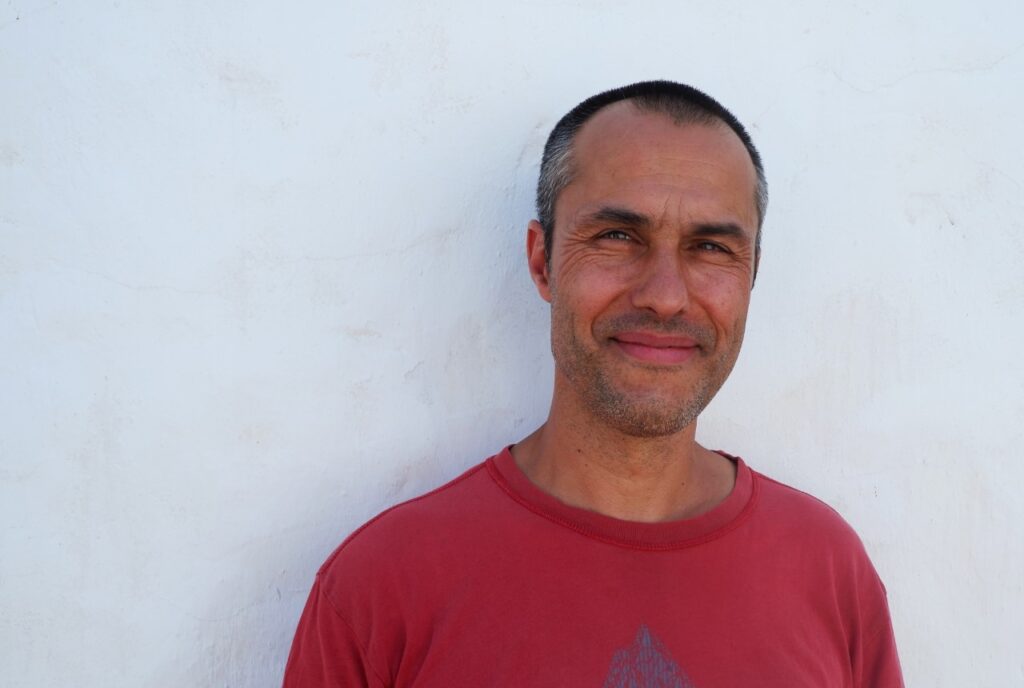
And there are many advantages to using this material. On the one hand, it is “from local extraction and transformation, it has no associated energy, it is recyclable and reusable, nothing is lost”. On the other hand, «it is a material that perspires, regulates the interior humidity, is very good at the acoustic level and has thermal inertia, so it costs to heat or cool», concluded the Catalan trainer.
Although ten days is not a long time, Marta Arnal ensured that everything went very well.
“The group is slowly entering the process. Some already knew the world of bioconstruction, but for others it is a way to enter. It's a good team, they're working hard», he praised.
«Furthermore, by learning a technique, by rehabilitating a space, you gain knowledge, you have training, but you also experience what it is like to be in a work and see the result. I think this formula of having a group of people learn and build a space for a while is very powerful. Because it gives people more desire and motivation», he concluded.
João Ministro hopes that, “at the end of all this, there will be people who will continue to work on this and, obviously, someone who will take advantage of the fact that this region is very rich in sugarcane and who can settle in this territory. Because, basically, at the end of this process, all we want is to settle people in the municipality, to take advantage of what natural resources are, in a sustainable way».
This is a project managed by the QRER Cooperative and co-financed by the European Regional Development Fund (FEDER) under the Interreg VA España–Portugal (POCTEP) 2014-2020 program, also co-financed by the Municipality of Loulé and the Municipality of Alcoutim and with the support of the Union of Parishes of Querença, Tôr and Benafim, of the Parish Council of Alte and of the Professional School Cândido Guerreiro, of Alte.
Photos: Hugo Rodrigues | Sul Informação
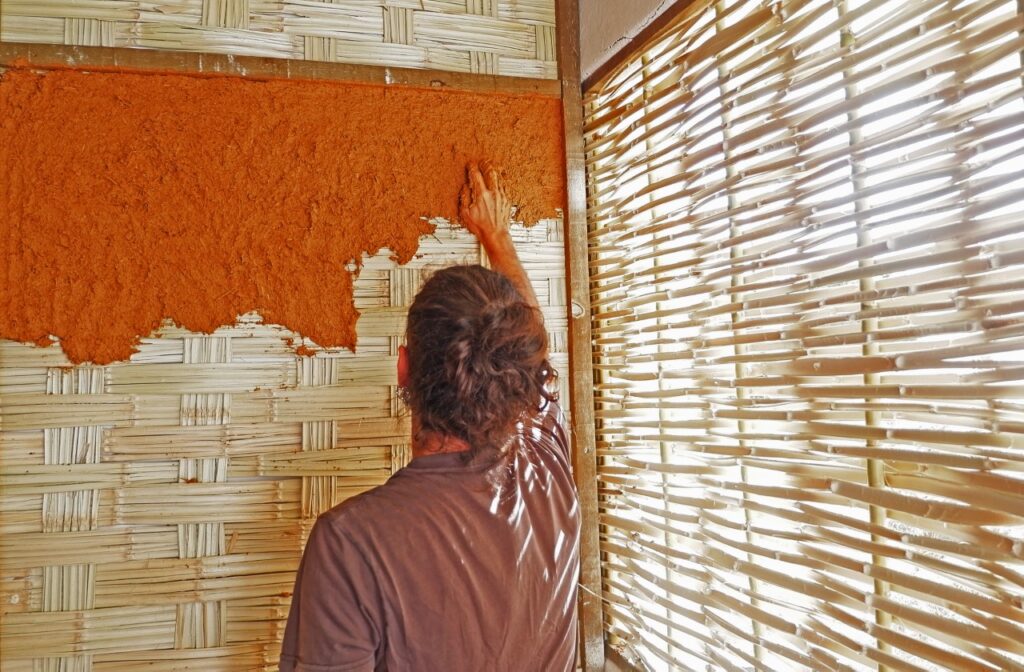
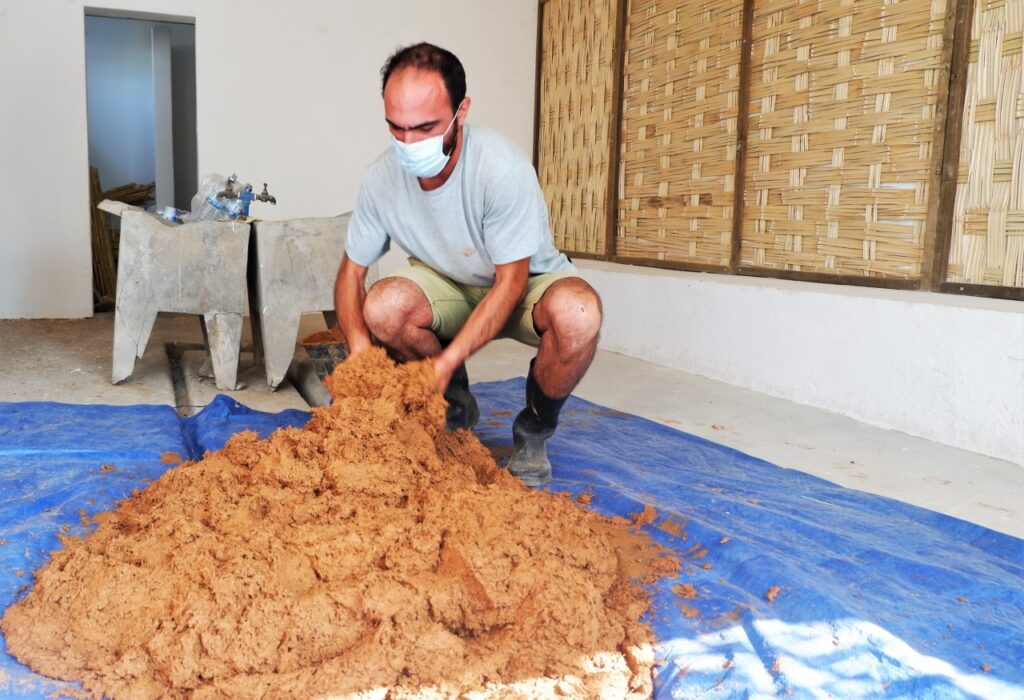
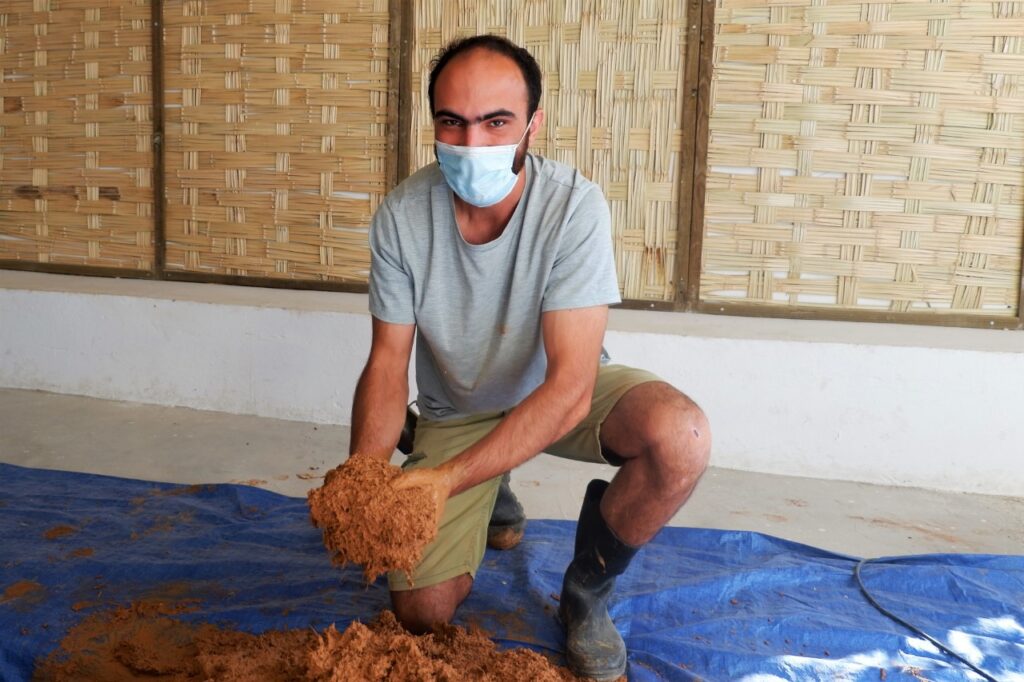
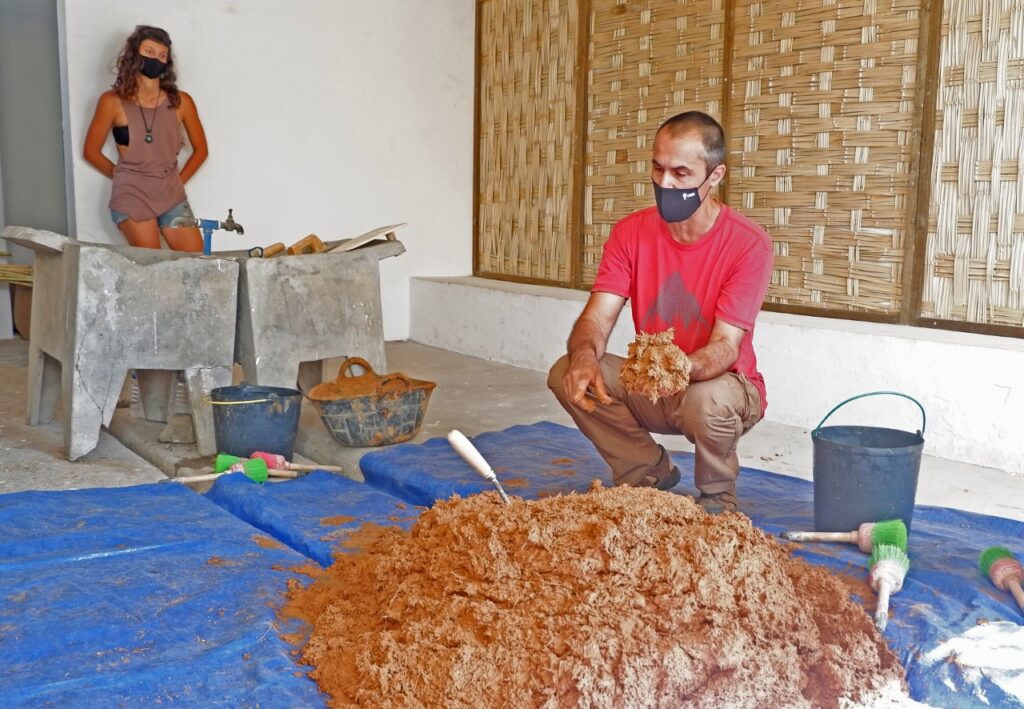
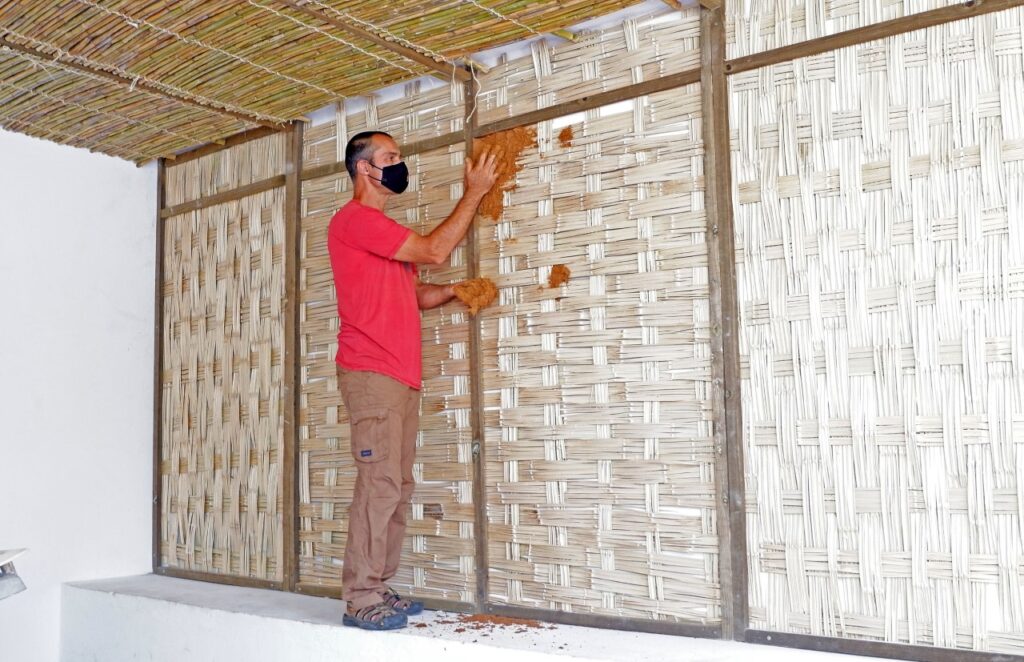
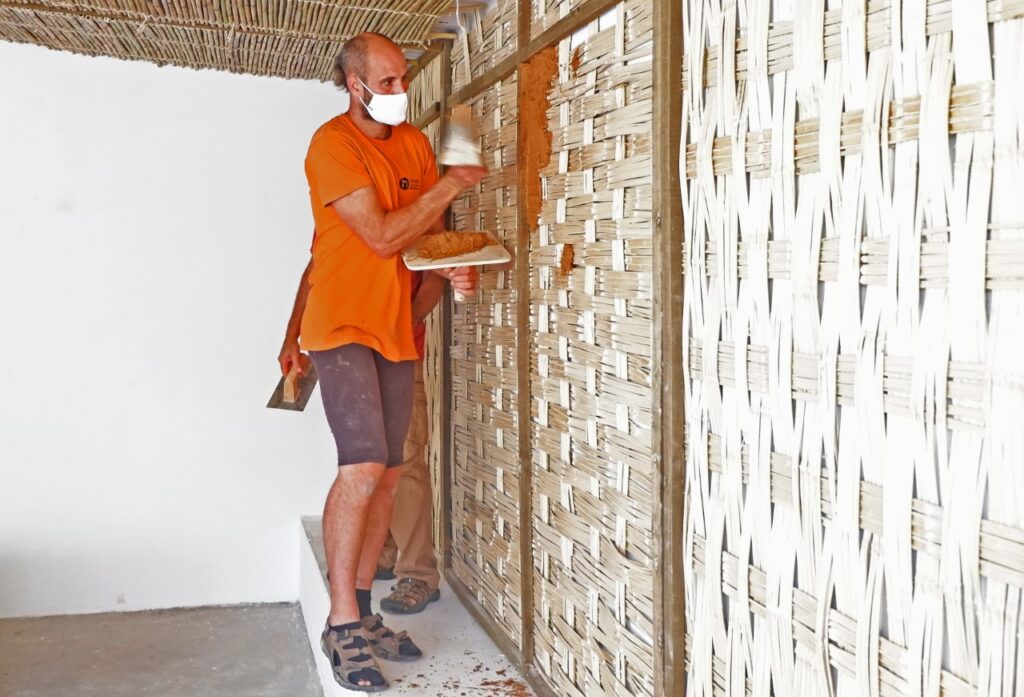
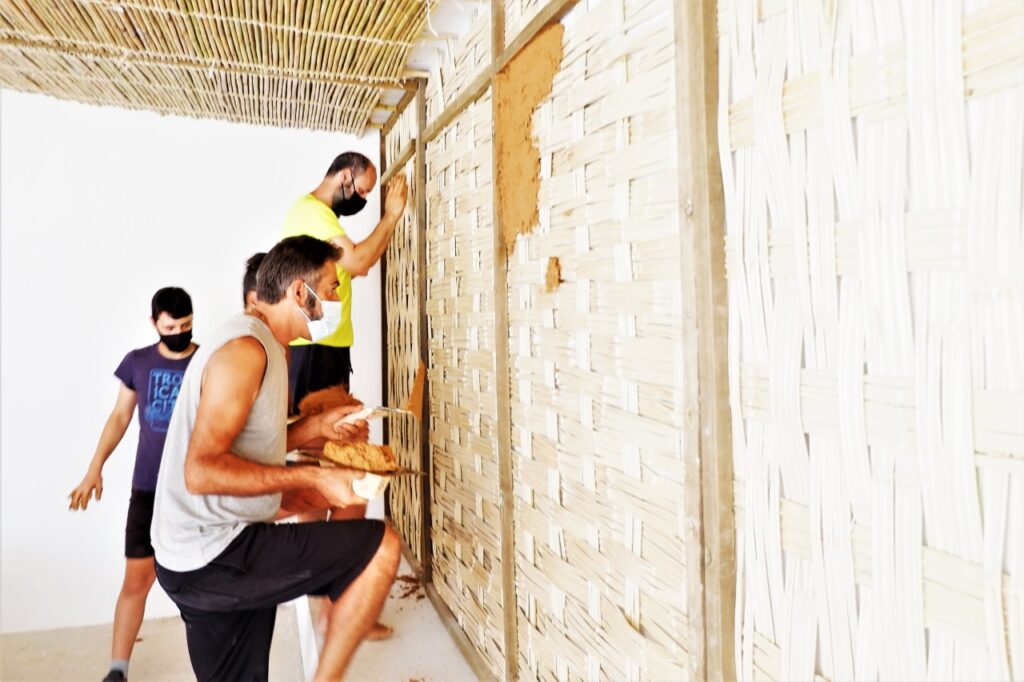
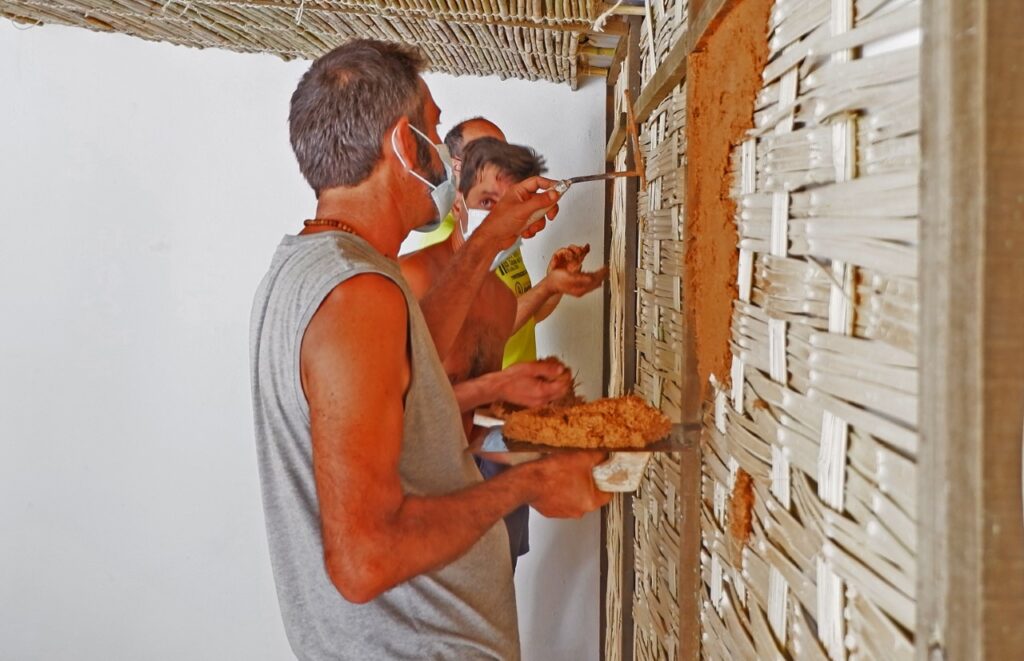
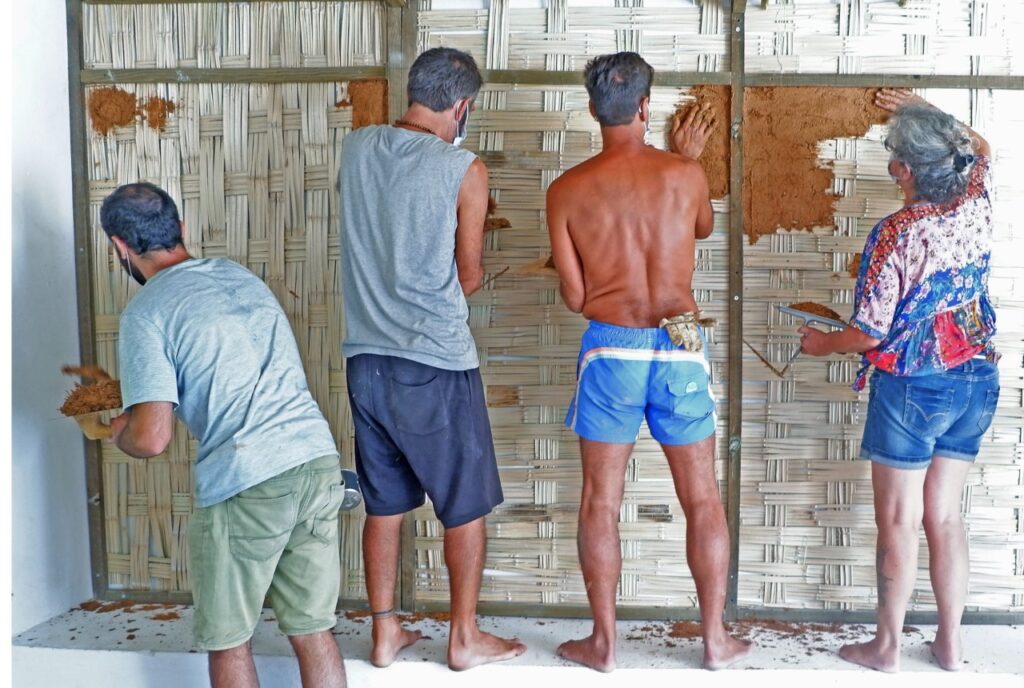
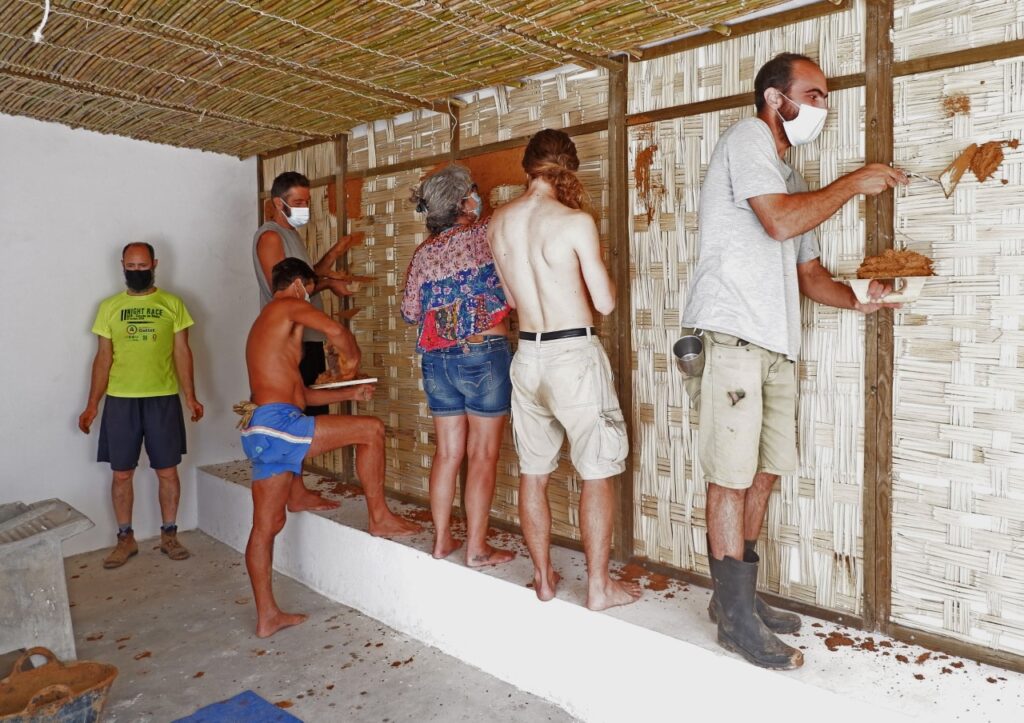
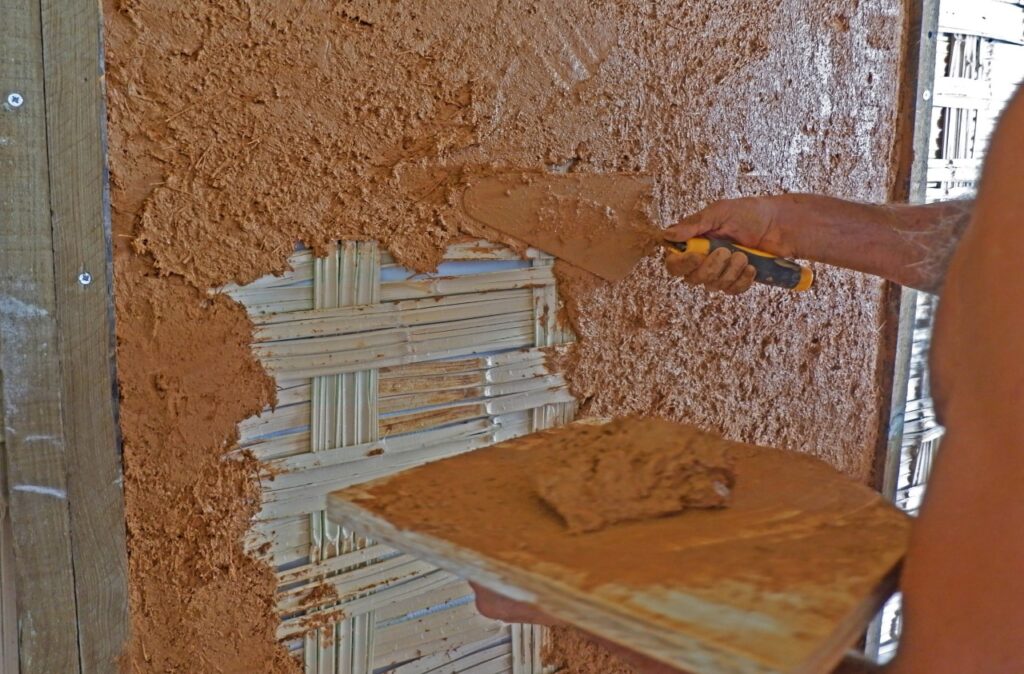




















Comments